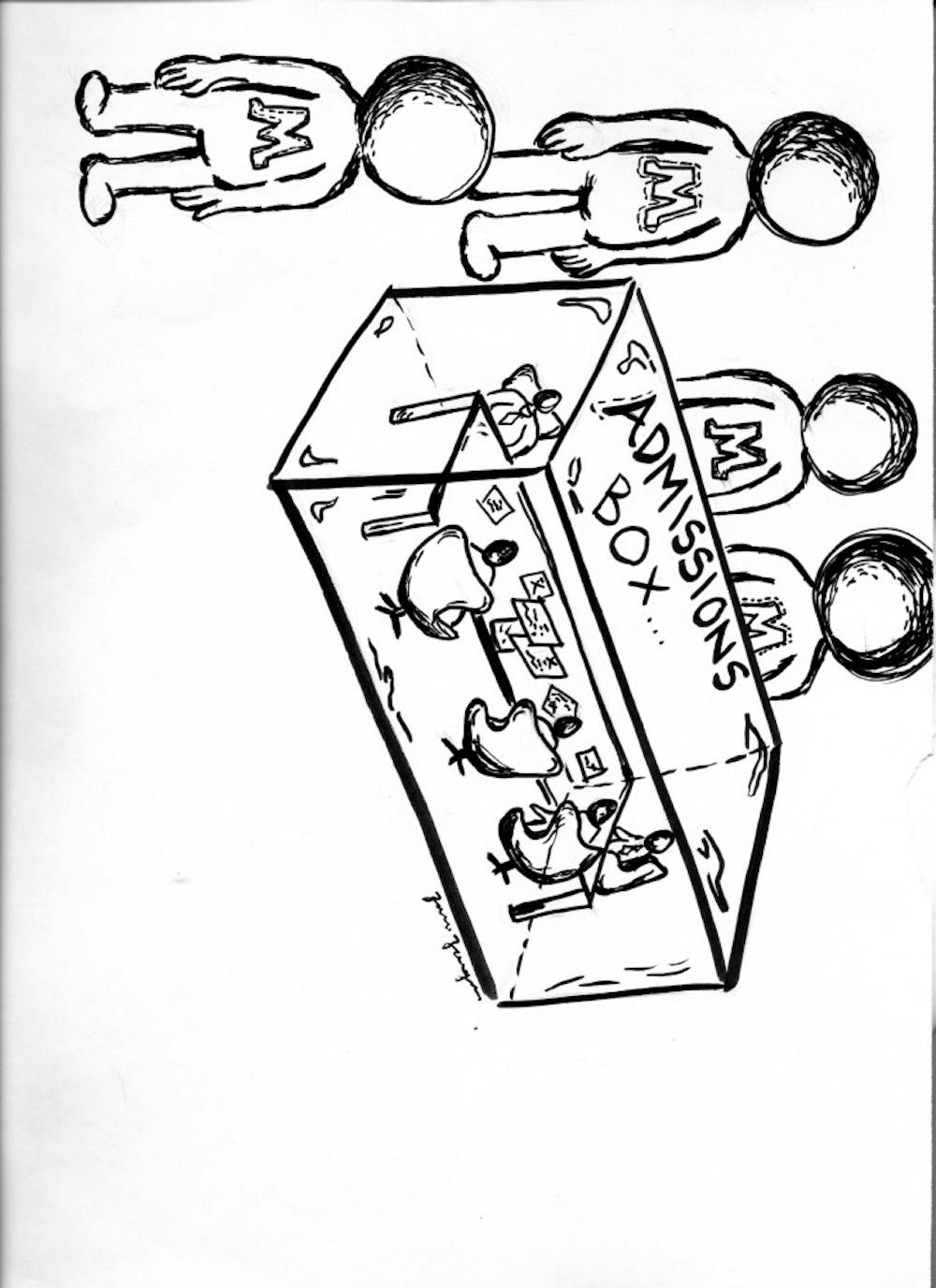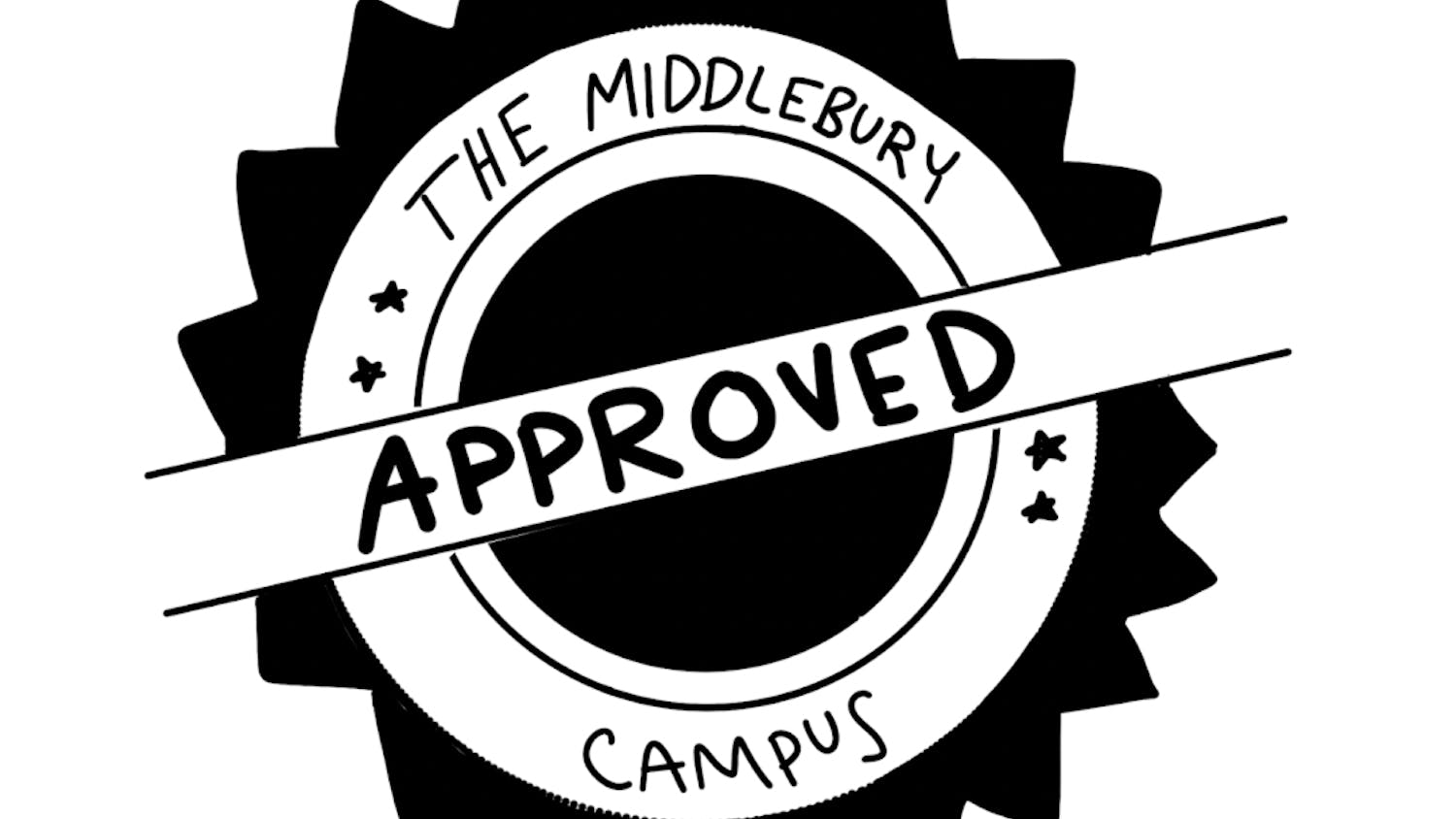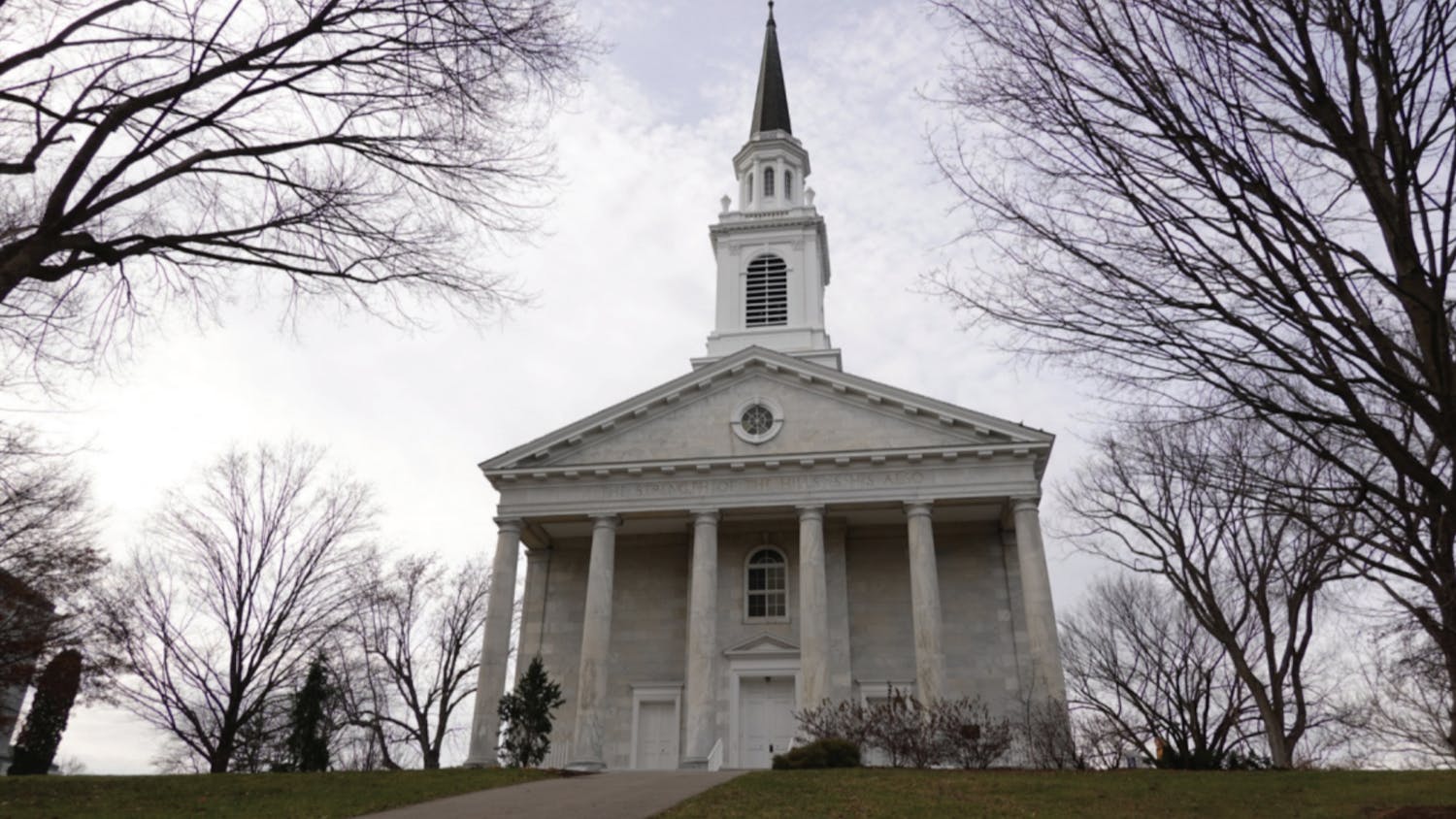After an article in the Campus last week revealed that students could view their admissions files under the Federal Educational Rights and Privacy Act (FERPA), the College Admissions Office has been flooded with student requests to view their files. On Wednesday, the first students to request access had their wishes granted. As is often the case with wishes, however, we may be getting ourselves into more than we realize.
The files students are requesting to view are, by nature, blunt and impersonal. For the sake of efficiency and candor, admissions officers will likely write concise and unfiltered commentary on students’ ability to thrive at the College. These files will include a numerical rating of students’ strength in academics, extracurriculars and personal quality. Comments may include notes about sensitive personal issues like racial or geographic diversity, athletics or other identifiers.
Understandably, students may feel tokenized by these comments. It is important to note, though, that admissions documents are seen only by admissions officers and that such notes simply reflect the Admissions Office’s goal to construct a diverse student body. This editorial board has promoted policies for increased diversity in the past, and these documents are what those policies look like in action.
The Admissions Office faces many concerns as they process these requests, foremost among them the possibility that students could sue the College over the contents of their files. The College has an interest in protecting itself and its processes from lawsuits, and could take steps to encode notes on admissions documents in such a way as to be indecipherable to students.
Additionally, we realize that the time and resources required to address these requests may take away from the primary purpose of the Admissions Office – to bring in qualified new students. This could occur in two ways. First, as less time is devoted to reviewing applications, the quality of evaluation might decrease and with that the quality of student admitted; second, knowing that students could view their files in the future could cause application readers to censor their honest dialogue about prospective students and hinder the review process. At the Campus, we view candid dialogue as essential for the Admissions team. It allows readers to honestly evaluate students without talking around sensitive issues, like diversity for example. It would be a loss to our community if the quality of our admits decreased due to an overload in paperwork or a fear of retribution for frank comments.
Nevertheless, our editorial board has often touted the merits of greater transparency throughout the College’s offices, and we stand by that opinion. As always, transparency is a step toward a more open and honest campus environment. In this case, however, the Campus advises students and the Admissions Office to keep in mind the potential repercussions of sudden transparency in this traditionally opaque process.
So long as students are able to view their admissions documents, we hope that the Admissions Office will be willing to maintain this positive trend of transparency by explaining any encoding in these files. We are pleased with the Admissions Office’s quick response to student requests thus far and hope its willingness to comply to the letter of the law is pursuant to the spirit of the law. It is not enough to just look at the files; in order to be given true access, the Admissions Office should assist students in whatever ways necessary for them to fully comprehend the contents of their files. We acknowledge the difficulties related to time, resources and the sensitivity of the information contained; still, we hope that the Admissions Office will not only comply to FERPA, but be helpful as well.
If both students and admissions officers are respectful and thoughtful throughout the process of reviewing admissions documents, this can be an opportunity for improved relations between students and a singularly insular administrative office on campus.
When discussing the pros and cons of allowing students to access these files, our editorial board was divided on many facets of the debate. Therefore, our two Notes from the Desks in this week’s edition are where several editors offer their take on the issue of Admissions files.




